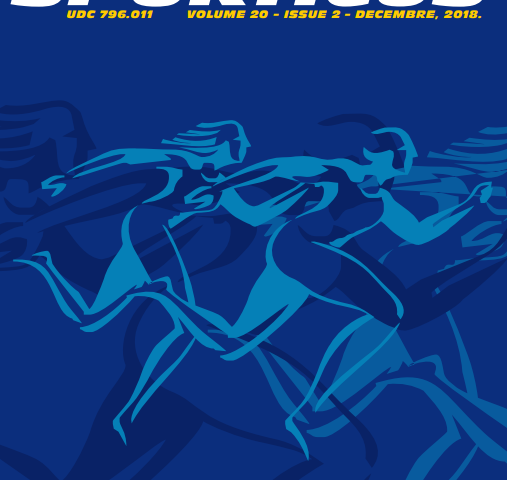Abstract
The aim of this study was to determine the connection between the performance of vertical and horizontal jumps and isokinetic force parameters of the knee extensors and ankle joint (plantar flexion) of physically active female students (n = 40). The jump height, and Total work (jump height x body mass) were used as indicators of the vertical jump, while the length of the jump, and Total work (the jump length x body mass) were used as indicators of the horizontal jump. The knee and ankle joint were evaluated on the isokinetic dynamometer at speeds of 60 and 180º/s (knee), 30 and 60º/s (ankle joint). The results indicated that there was no significant correlation (p<0.05) between the isokinetic parameters and the length and height of the jump, while a medium to strong correlation exists between the isokinetic and Total work parameters. Multiple regression analysis showed that the isokinetic set of isokinetic parameters accounts for 68% of variance HJTW (p<0.05) and 72% of variance LJTW (p<0.005). Isokinetic tests on multiple joints and angular velocities can predict the explosive strength of lower extremities when it is impossible to perform a ballistic movement.


